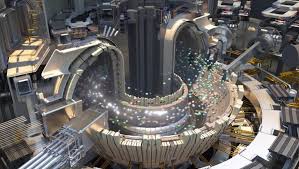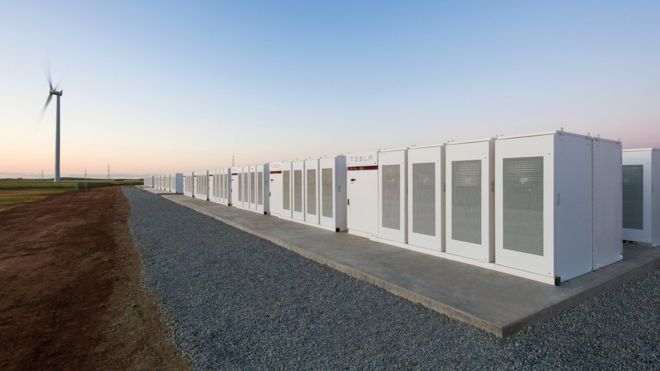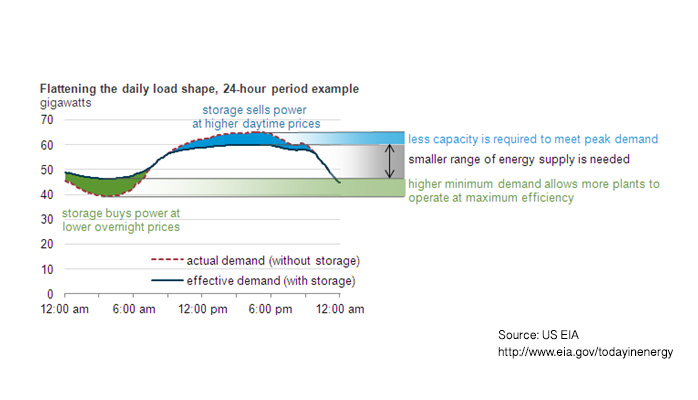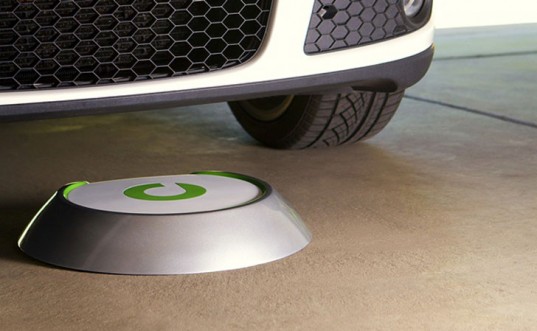
Why are some predictions amazingly accurate but others wildly off the mark?
In 1783, at the end of the American Revolution, the president of Yale University predicted that the US population would grow to 300 million by 1983. It reached 300 million within 20 years of the date predicted 200 years earlier. Likewise, in 1863 Russian Dmitri Mendeleev organized the 60 known elements into the periodic table, predicting what the next 40 elements – then undiscovered – would look like.
Mendeleev and Yale's president were amazingly accurate!
But most of the time, our prognosticators are way off the mark. For example, in 1949 Popular Mechanics magazine made the following prediction: "where a calculator like ENIAC today is equipped with 18,000 vacuum tubes and weighs 30 tons, computers in the future may have only 1,000 vacuum tubes and weigh 1.5 tons.
Likewise, Robert Metcalf, the co-inventor of Ethernet, predicted that the Internet would grow exponentially but then collapse.
Two amazingly good predictions and two incredibly bad ones. What's the difference? In a word: unexpected changes in technology. In all four cases, extrapolations of known data were made. The difference was that in two of the cases, technology changed in unexpected ways that rendered the inaccurate predictions wildly wrong. And it's not because the prognosticators were stupid … they certainly weren't … it's just that new technology emerged that couldn't have been predicted. In the case of computer technology, it was transistors and Moore's Law.
The same is probably true today. Numerous predictions are being made about catastrophic climate change due to greenhouse gases. As in the earlier predictions, the technology of the time is being used to project forward. As with the two successful predictions above, the greenhouse gas models will likely prove out IF there are no technological discontinuities … ones like Moore's Law, integrated circuits, and fiber optics.
The funny … and potentially very hopeful - thing is there are some technological discontinuities on the horizon. Some, such as the battery technology that is making electric vehicles feasible … are pretty well known. Other emerging technology, however, isn't.
Let's talk about a new technology that hasn't gotten much attention for a while, but which could be an absolute game changer: nuclear fusion.
Perhaps the best known example of nuclear fusion is what happens 24 hours/day, 365 days a year with our Sun. Nuclear particles fuse together, releasing tremendous amounts of energy that provides light and heat to our planet. In contrast to nuclear fusion is nuclear fission, what happens in nuclear bombs such as those dropped on Hiroshima and Nagasaki.
Besides bombs, nuclear fission is an everyday process in nuclear power plants around the world. Such plants produce lots of energy – about 9% of the US total electric power grid with zero greenhouse gas emissions – but such plants have three very big drawbacks: 1) incredible expense; 2) highly toxic waste products; and 3) catastrophic risks when accidents occur. Anyone remember Chernobyl, Three Mile Island and Fukushima?
Fusion could be to energy generation what the transistor/integrated circuit has been to computer technology – a mind-boggling game changer. The power source of nuclear fusion is typically hydrogen. It's estimated that a pineapple size amount of hydrogen could generate as much energy as 10,000 tons of coal – with zero carbon emissions!
While it doesn't get much press, scientists have been pursuing the fusion "Holy Grail" continuously for more than half a century. An early fusion device was developed by Philo T. Farnsworth, perhaps best known as the inventor of the cathode ray tube (CRT). Those younger than 30 may never have seen CRT's, except possibly in a museum or at a yard sale, but those of us on the other side of thirty grew up with the greenish glow of CRT's in our TV's. Farnsworth built a prototype fusion device called a fusor in 1959. His employer – a company called ITT – cut off his research money before the fusor could be commercialized.
The field of fusion research unfortunately took a giant step backward in the late 1980's. Two researchers in Utah – Martin Fleischman and Stanley Pons – excitedly published research showing positive results using what they called "cold fusion". It wasn't really cold, just a fusion process at temperatures far below those on the Sun. What got everyone excited was the possibility of generating more energy from cold fusion than was required to create the reaction, meaning that a net positive amount of energy was released by the reaction. Not only that, but the apparatus the two utilized was really very simple. Fleischman and Pons created a media sensation at the time.
Things sounded incredibly positive, until other scientists reported they couldn't replicate the findings of the Utah researchers. Cold fusion turned out to be just a chimera in the desert.
Despite the setback, research on nuclear fusion has continued. Unfortunately, though there have been some very positive developments, as one commentator put it, "nuclear fusion is always 30 years away."
But that may finally be changing. Cold fusion didn't work, but new approaches to hot fusion seem to show real promise. The new approach pulls a page from our Sun's playbook: heat hydrogen to extreme temperatures such that the hydrogen will fuse and give off energy.
How much heating? How about heating the hydrogen to over 100 million degrees Fahrenheit? Seems incredible, but it has actually been done. The Max Planck Institute in Germany has constructed the Wendelstein 7-X reactor. They heated hydrogen in the reactor to about 180 million degrees Fahrenheit and created hydrogen plasma. Not very long, mind you – just for about a quarter of a second – but that was a milestone. Their goal is to heat the plasma for up to 30 minutes.
An even bigger experiment is underway. The Paris Climate Accord is certainly well known, and nearly every country in the world has signed it. There's another international cooperative group working in France – ITER. It's a group of 35 countries, including the USA, which has pledged to work for at least 35 years to create viable nuclear fusion. In Southern France the cooperative is building a tokamak, a giant device in which to carry out nuclear fusion. The first tokamak's were developed in the Soviet Union in the 1950's, and the ITER one will be the largest ever.
ITER is an acronym for International Thermonuclear Experimental Reactor. The acronym means "the way" in Latin. Construction is about 50% complete. When finished, it will heat hydrogen to about 270 million degrees Fahrenheit. To put that in perspective, that's about 10 times the temperature at the core of our Sun. It won't be ordinary hydrogen – the kind that has one proton and one electron. Instead, it will be composed of deuterium (hydrogen with one proton and one neutron) and tritium (hydrogen with one proton and two neutrons). The deuterium and tritium will be heated to the target temperature and the resultant gas mixture will pass by giant magnets. This should cause the tritium and deuterium to fuse, releasing tremendous amounts of energy.
The goal is to release substantially more energy than is required to make the tokamak work. Keep in mind, it's going to take a tremendous amount of energy to heat the deuterium and tritium to 270 million degrees Fahrenheit, as well as power all of the equipment in the facility, but if it can produce substantially more energy than is required to start the reaction, it will certainly be adjudged a success.
That will be energy with zero carbon emissions. It will be the energy equivalent of the transistor and integrated circuit: a total game-changer. And if it works, it will render all of the forecasts about carbon emissions completely worthless, much like the Popular Mechanics prediction concerning the number of vacuum tubes in a computer, and the weight of the machine.
Of course, the nuclear fusion research is highly speculative. It may not work. However, as Wayne Gretzky, the famous Canadian hockey player always says, you miss 100% of the shots you don't take. The ITER fusion "shot" could be wide of the goal, but given the incredible potential payoff, definitely worth taking, and taking seriously.
The USA and other countries should probably be investigating other radical technologies that, if successful, could be applied to deal with greenhouse gases. This is potentially the most positive role that governments can play – underwriting basic research. Venture capitalists and angel investors are willing to take big gambles on promising new companies, but not on very expensive, promising, yet unproven technologies such as this. This is where government fits perfectly and where inter-governmental cooperation could make a huge difference.
Venture capitalists and angel investors usually attempt to construct a portfolio of promising investments – usually at least 20. The expectation is that half of them will be complete failures, but a certain small percentage will be highly successful, making the overall portfolio highly successful. Governments should apply this type of thinking to research into promising clean energy technologies.
No, government shouldn't be investing in the companies themselves the way venture capitalists and angel investors do. Instead, government should focus on underwriting a portfolio of promising technologies. Yes, likely at least half of the technologies will bomb out. The taxpayers will foot the bill for a giant "goose egg". But a properly constructed portfolio of basic research investments into clean energy technology should yield at least one huge success. It might be fusion. It might just be batteries for electric vehicles. It could be both, or something else entirely.
Will our predictions about the environment in 50 years be accurate? If we don't invest in basic research, technology won't change much. Our predictions about greenhouse gases will be more like the USA population prediction made in 1783. But if we're successful with technological innovation, today's predictions about greenhouse gases will probably sound as humorous as the prediction about the size and weight of the computer at your fingertips.
So if we really want to get carbon out of the atmosphere, gambles such as the ITER fusion reactor are definitely worth taking.

 Tesla Battery Plant in South Australia (REUTERS)
Tesla Battery Plant in South Australia (REUTERS)






